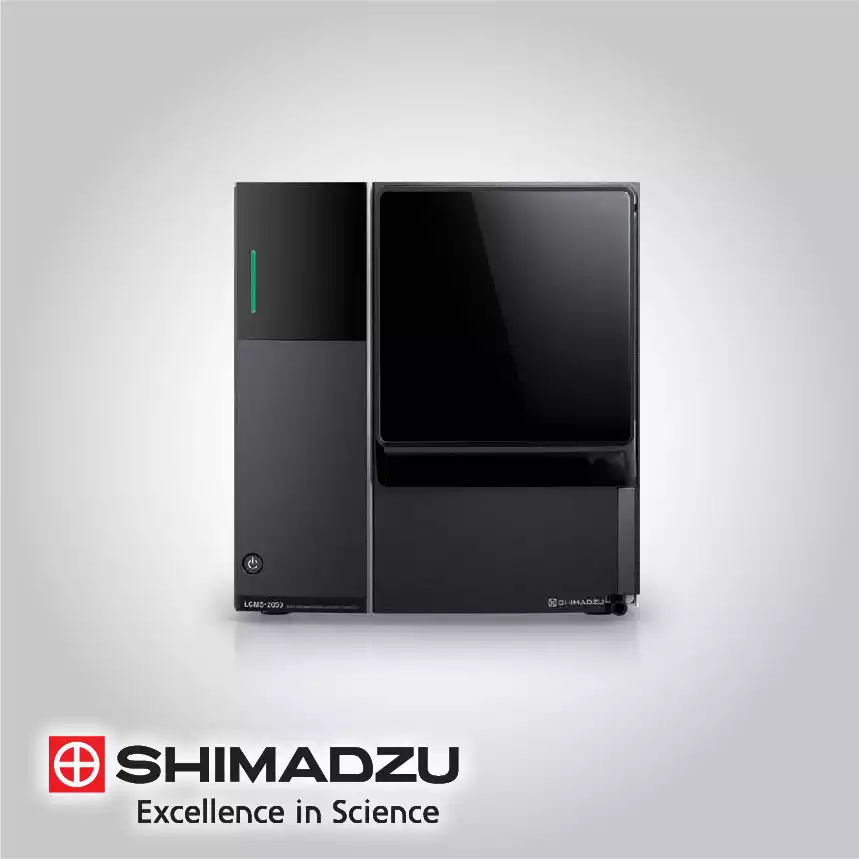
Home » Products » Chromatography/Mass Spectrometry » Liquid Chromatograph-Mass Spectrometry » Shimadzu LC-MS Components & Accessories
Shimadzu LC-MS Components & Accessories
Quick with no Pretreatment
Shimadzu LC-MS Components & Accessories
Shimadzu\s LC-MS Components & Accessories are:
- DPiMS™ QT
Simple pretreatment
Measure Liquid and Solid Samples with Simple Pretreatment
Simple Pretreatment
- Reduces the time required to analyze blood, urine, and other biological samples with conventional methods by approximately 50 %.
- Foods, tissue sections, and other solid samples can be analyzed as it. Pretreatment times are significantly reduced.
- Rapid analysis
Speedy Qualitative Analysis
The qualitative analysis sequences for DPiMS QT and Q-TOF LC/MS were compared. Using DPiMS QT, it was possible to significantly reduce the measurement time in comparison to conventional methods using Q-TOF LC/MS.
Speedy Qualitative Analysis
Only a few dozen seconds are spent on DPiMS QT qualitative analysis. When performing qualitative screening analyses, the time before results are checked can be reduced, improving procedural efficiency.
- High durability and stability
Analysis System with No Carryover
Only a few dozen pL of the sample adheres to the probe after each sampling. There is no worry of contamination inside the mass spectrometer. Carryover can even be prevented by changing probes. Concentrated samples and samples of unknown concentration can be measured.
Switching between DPiMS QT and Q-TOF LC/MS is Simple
Only about 15 seconds are required to remove the DPiMS QT unit, reconfiguring the system for Q-TOF LC/MS. The resources (solvents and columns) required for Q-TOF LC/MS analysis can be reduced by implementing qualitative analysis and primary screening via DPiMS QT, thereby reducing the number of samples requiring quantitative analysis.
- Software
PESI MS Solution Software
PESI MS Solution software is used to control the probe, edit MS method files, and start measurements. Detailed MS analytical conditions are configured from the LabSolutions™ LCMS method editing window. Analysis can be started easily by selecting the probe control mode and MS method in PESI MS Solution. During analysis, the status can be confirmed in the LabSolutions LCMS window.
Sequence for Qualitative Analysis via MS and MS/MS
A qualitative analysis was performed on a whole blood sample mixed with trazodone (500 ng/mL). A cycle of MS and MS/MS measurements was performed simultaneously. LabSolutions Insight Explore was used for the data analysis. LabSolutions Insight Explore enables composition estimation, library searches, and structural analysis.
- DPiMS-8060
Measure a Variety of Samples with Only Simple Pretreatment
Rapid and Easy Drug Detection in Forensic Samples.
- Place a piece of each organ on a biological sample plate and add 50 % ethanol (35 μL).
- Detection is possible by on-plate MRM / Product Ion Scan analysis.
PESI MS Solution Software
PESI MS Solution software is used to control the probe, edit MS method files, and start measurements.
Scan range and SIM settings are specified via the method editing window in LabSolutions™ LCMS software. Analysis can be started easily by selecting the probe control mode and MS method in PESI MS Solution. During analysis, the status can be confirmed in the LabSolutions LCMS window.
Dedicated Method Package for DPiMS-8060
When using this method package with the DPiMS-8060 for mass analysis, it is no longer necessary to spend time and effort considering analysis conditions or optimizing MS parameters for each compound before starting the analysis. The simultaneous analysis of several compounds can be carried out much more efficiently.
Switch Easily Between PESI-MS and LCMS
The PESI unit can be removed easily. The ability to exchange it with an LC unit means measurements can be performed using the same theory of ionization and standard substance, which allows comparing data. The PESI unit was used for quantitative analysis of a forensic sample from a person that took the drug MT-45. As a result, we were able to obtain measurement data consistent with LCMS results in an extremely short time.
Metabolomic Analysis Performed Easily by Transferring LCMS Analytical Conditions to DPiMS Unit
In this example, transition information for metabolites (26 components) such as amino acids, organic acids, and sugars were used for metabolomic analysis of mouse livers. Metabolomes can be analyzed easily by customizing some of the analytical conditions in the LCMS primary metabolite method package. The DPiMS-8060 system was used to measure the principal components in the model mouse group with acute liver damage induced by carbon tetrachloride and the control group. A significant difference was observed between model and control groups (given p < 0.001 for Welch's t-test), based on the significant contribution of taurine to the separation of groups in the PCA loading plot. The difference was verified with a box-whisker plot.
Enables Use of LC/MS/MS Method Package
The DPiMS-8060 system uses a direct analysis method that does not involve liquid chromatography using probe electrospray ionization. MRM parameters can be specified based on transition information included in the LC/MS/MS method package.
Consequently, methods can be created easily using an Excel template. A key feature of PESI is the easy process flow from pretreatment to measurement. For more detailed analysis, the ionization unit can be replaced with the ESI unit for measurements as an LC/MS/MS system.
Highly resistant to MS contamination, even with complex matrices.
Analysis System with No Carryover
Only a tiny amount of sample attaches to the probe during each sampling, reducing the risk of contamination inside the mass spectrometer to near zero.
Carryover can even be prevented by changing probes.
Even concentrated samples or samples of unknown concentration can be measured directly without pretreatment.
- CLAM-2030
Automates All Process Steps, from Pretreatment to Measuring Analytes in Blood, Urine, Serum and Plasma Samples
Simply place blood collection tubes in position, set parameters on the dedicated software, and the module automatically performs everything from sample pretreatment to LC/MS/MS analysis
Set the parameters with the dedicated control software
Reduce operation mistakes and perform a faster analysis in three easy steps: obtain sample ID, select analysis process steps (kit), and press the START button.
Supports Measuring a Wide Range of Compounds
• A wide lineup* of compatible LCMS systems is available for analyzing a variety of measurements.
• Measure hundreds of compounds in a single analysis.
• Easily change between different methods.
Checking Various Measurement Results Is Easy
• Measurement results, data alarms, and device status can be confirmed.
Quantitative results (concentration value), Mass chromatogram of each component.
Calibration curve accuracy %, data alarm for the measurement result of the quality control substance.
- C2MAP System
Automated Process from Pretreatment to Measurement for the Culture Supernatant Analysis
The automated process allows analysis to be performed at night and on non-working days.
The measurement workflow can be selected to match the actual culture.
Seamless analysis and management from pretreatment to LC/MS/MS measurement can be achieved.
Pretreated samples are stocked on a microplate automatically to enable re-measurement with ease.
Supports a Wide Range of Measurement Compounds and Culture Supernatant Samples
A total of 95 components, including major basal culture media components for animal cells and secreted metabolites, can be simultaneously analyzed at high speed.
Applicable to a wide range of cell culture media
(iPS cells, ES cells, mesenchymal stem cells, T cells, and CHO cells)
Visualization of Component Variations in Culture Media
Temporal changes in the components can be displayed as trend graphs.
The results under multiple experimental conditions can be overlaid in the display, enabling comparative analysis.
Modules Required for Automated Pretreatment Can Be Operated Independently of LC/MS/MS
- The LC/MS/MS can be installed in a different room, allowing to be shared for other analyses.
- If culture samples cannot be taken out of the culture room, sample pretreatment can be performed in the culture room and measured by LC/MS/MS in another room.
- Separating the various components saves laboratory space.
C2MAP TRENDS
For results obtained via LC/MS/MS, temporal changes in each component can be graphed by the dedicated viewer software. Analysts can monitor variations in metabolites secreted from cells and culture media components during cultivation, as well as display graphs of component comparisons with samples from different culture series. As a result, the consumption and depletion of culture media components, and changes in the amounts of metabolic components secreted from cells, can be observed, thereby providing useful insights about the optimal culture conditions and assessments of cellular status.
- DPiMS-2020
Perform MS analysis directly on the sample.
Analysis of Components in Surfactant Mixtures
An example of the screening of complex mixtures of cosmetics and personal care products in full-scan mode is shown below. Changes in spectral results indicate corresponding changes in composition. Samples can often be deposited directly onto the sample plate.
Detection of Cyanide in Serum
Analytical methods that can be performed immediately with only simple pretreatment are especially desirable in fields such as forensics. The following is an application for rapid screening of biomaterial samples suspected to contain cyanide compounds. Derivatizing agents (taurine and naphthalenedialdehyde) were added to a serum sample containing a trace quantity of cyanide, and the mixture was measured using a DPiMS-2020 system. In-source CID was used to enhance detection limits. Since only 10 μL of serum was used, limited serum sample was preserved for other necessary tests.
Easy Operation and Maintenance
Probe Replacement
Easy operation is a fundamental feature of the DPiMS-2020. For example, probes can be inserted in or removed from the probe mounting position in the ionization unit by simply gripping the probe with tweezers.
Desolvation Line Replacement
The easy maintenance design of the LCMS-2020 is preserved in the DPiMS-2020. The Desolvation Line (DL), used to deliver sample to the vacuum section, can be quickly and easily replaced without breaking vacuum. MS downtime is minimized, allowing higher throughput.
PESI MS Solution Software
This PESI MS Solution software is used to control the probe, edit MS method files, and start measurements.
Scan range and SIM settings are specified via the method editing window in LabSolutions LCMS software. Analysis can be started easily by selecting the probe control mode and MS method in the PESI MS Solution. During analysis, the status can be confirmed in the LabSolutions LCMS window.
Suitable for thermally labile compounds, no direct heat applied.
Real-Time Monitoring of Reactions for Peptide Synthesis (Deprotection)
Fmoc deprotection is an essential step in peptide synthesis. The example below shows real-time monitoring of reaction completion performed using PESI. Fmoc cleavage was determined by monitoring the depletion of the source material, represented by m/z 458.2. By sampling trace quantities with the probe, real-time monitoring is possible without altering the sample status.
Evaluating Dietary Supplements
Foods such as fish contain large amounts of DHA or other polyunsaturated fatty acids; however, it can be difficult to obtain adequate quantities in a standard diet. Consequently, they are available as dietary supplements in capsule form. These compounds are susceptible to oxidation by heat or UV exposure. In this example, UV exposure and subsequent oxidation of DHA and EPA contained in supplements was easily confirmed by PESI analysis without extensive sample preparation.
Protects Your Mass Spectrometer from High-Concentration Samples
To prevent instrument fouling, samples with unknown concentration levels should not be injected directly into a mass spectrometer. Extensive experience or precautionary sample dilution is normally required to protect a laboratory's investment in a mass spectrometer. However, the DPiMS-2020 is able to minimize the quantity injected into the MS because it only ionizes and measures the trace quantity of liquid that clings to the probe tip.
Furthermore, whereas preparation for analysis on an LC-MS system requires time and effort to prepare samples, prepare mobile phases, and develop analytical conditions, preparation for the DPiMS-2020 involves simply dripping samples onto the plate or mixing with a solvent. Also, measurement results can be obtained in only two to four minutes, which makes it perfect for quick screening.
- LDTD Ion Source
The laser diode thermal desorption (LDTD) ion source is a direct ion source for mass spectrometers that provides users with exceptional, high-throughput performance. This innovative technology enables ultra-high speed analysis in less than 4 seconds per sample. The LCMS-8060 system, equipped with an LDTD ion source (US Patent 7, 321, 116, Phytronix Technologies Inc.), delivers solutions that complement screening and identification testing in various fields such as medicine, clinical and food safety.
Unlike LC-MS, LDTD requires no mobile phase, enabling reduced background noise during measurements. The sample is heated and desorbed by a laser diode as a neutral molecule in the gas phase. These molecular species are ionized using atmospheric pressure chemical ionization (APCI) by corona discharge. This thermal desorption process produces molecular ions in a very short time.
LDTD Ion Source
- Easily connected to a mass spectrometer
- Analysis in bipolar (positive/negative) mode by APCI
- Supports ten LazWell plates (960 samples)
- Direct sample introduction with no carryover
- No matrix or mobile phase required
- 20 W laser output
Combination with LCMS-8050/8060
- Can be used as LCMS with LDTD connected
- Support for LCMS analysis in ESI, DUIS, or APCI mode
LazWell Plate (dedicated plate)
- Supports 96-well plates (Used in LDTD-960 system)
- Barcode managed samples
- Supports low volume (2 to 10 μL)
- LazWell plates are created in a quality-controlled environment
- Can be used in combination with general dispenser
Software Supports Serial Analysis Workflows
- Easy installation procedure
- Batch analysis with LabSolutions software
- Barcode reader for sample authentication
Read more about Shimadzu LC-MS Components & Accessories





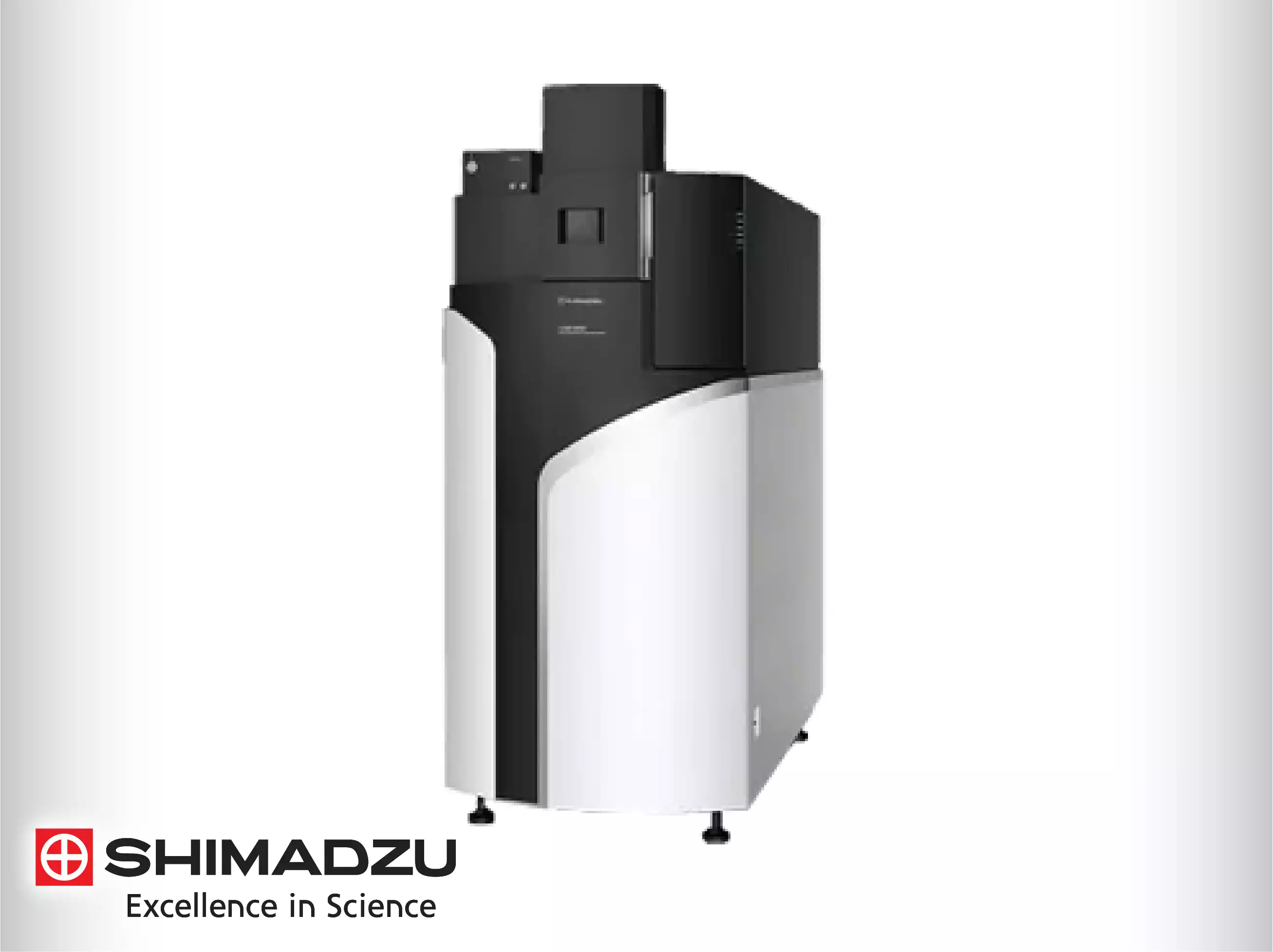
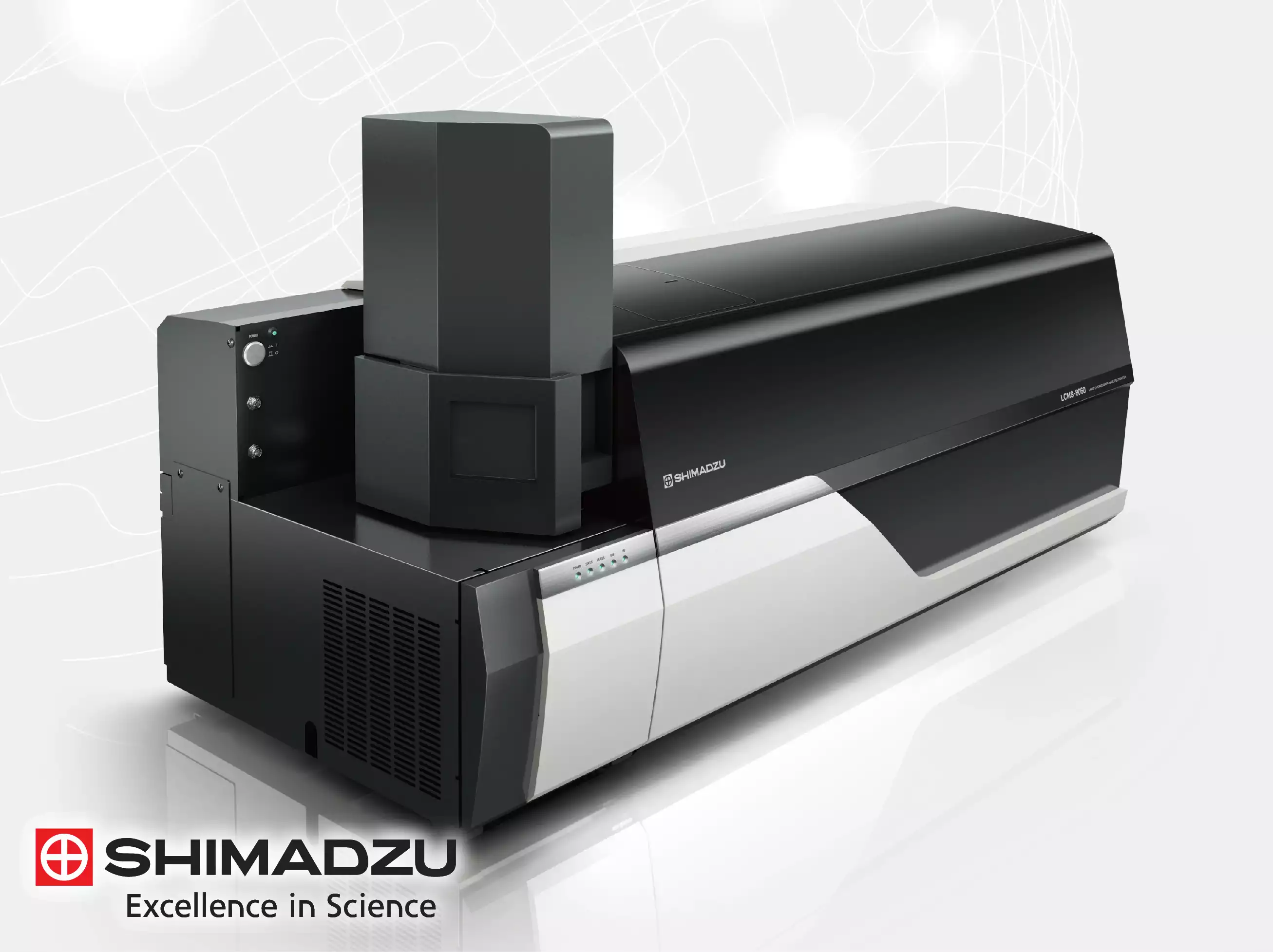
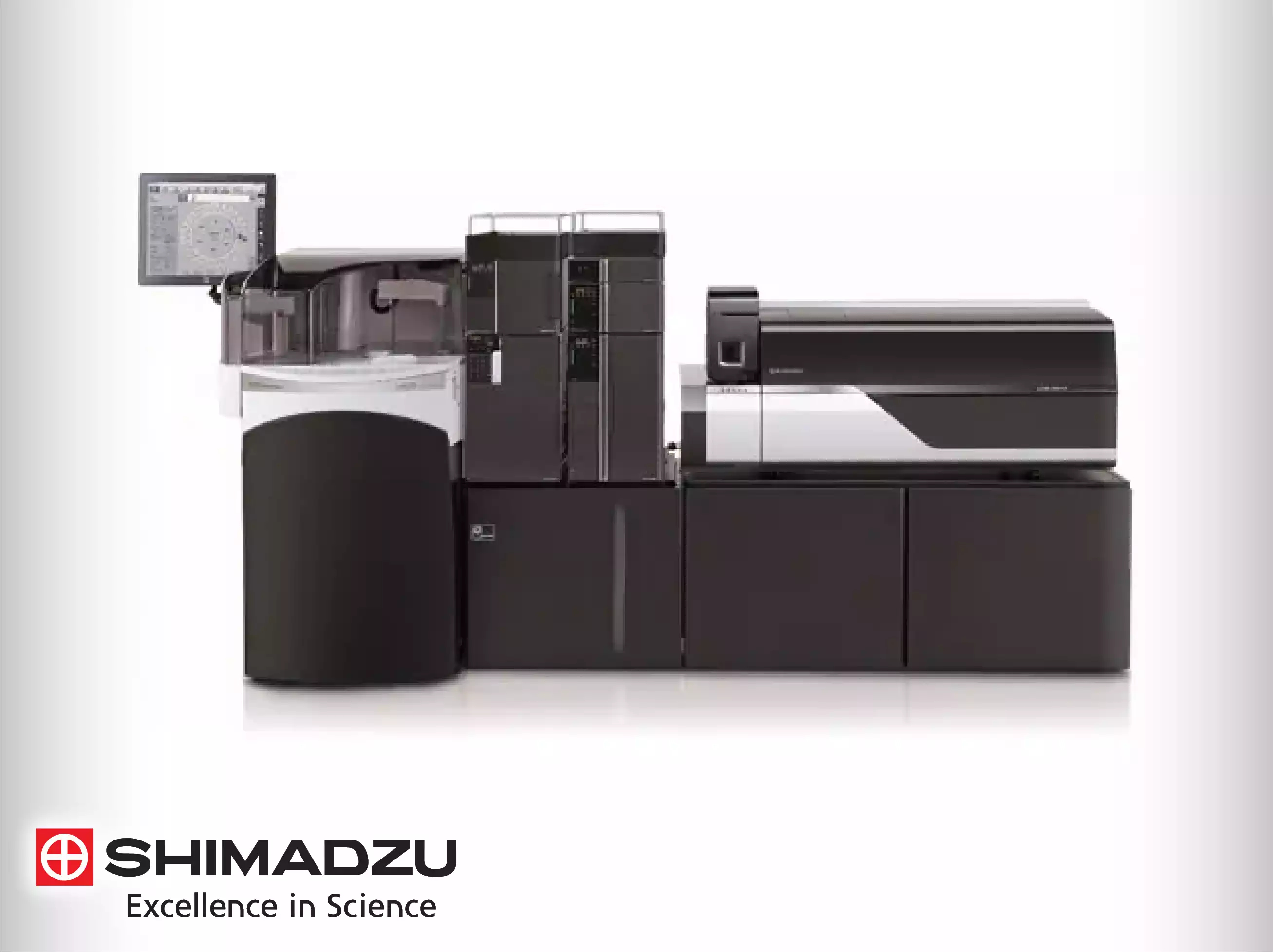
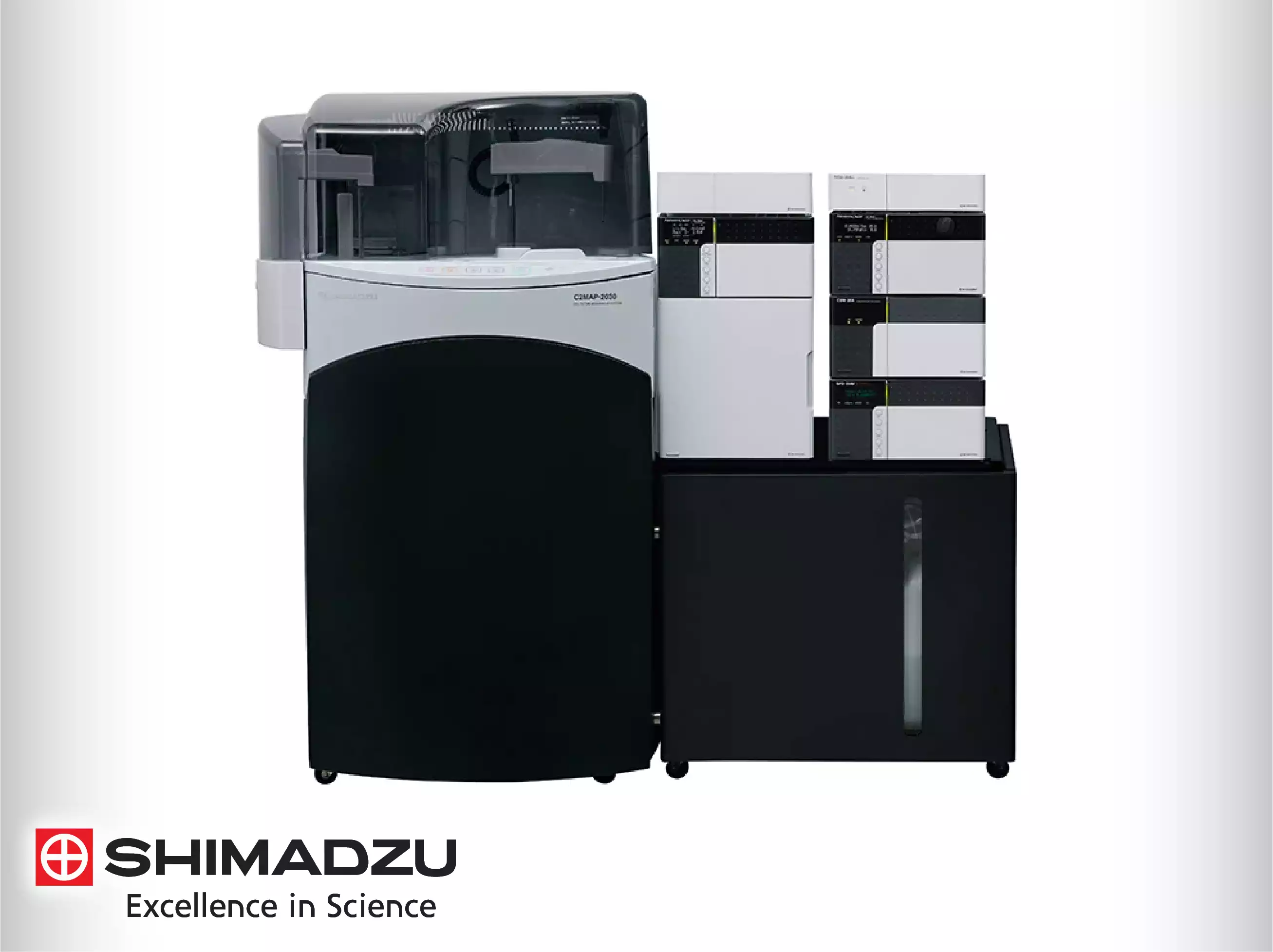
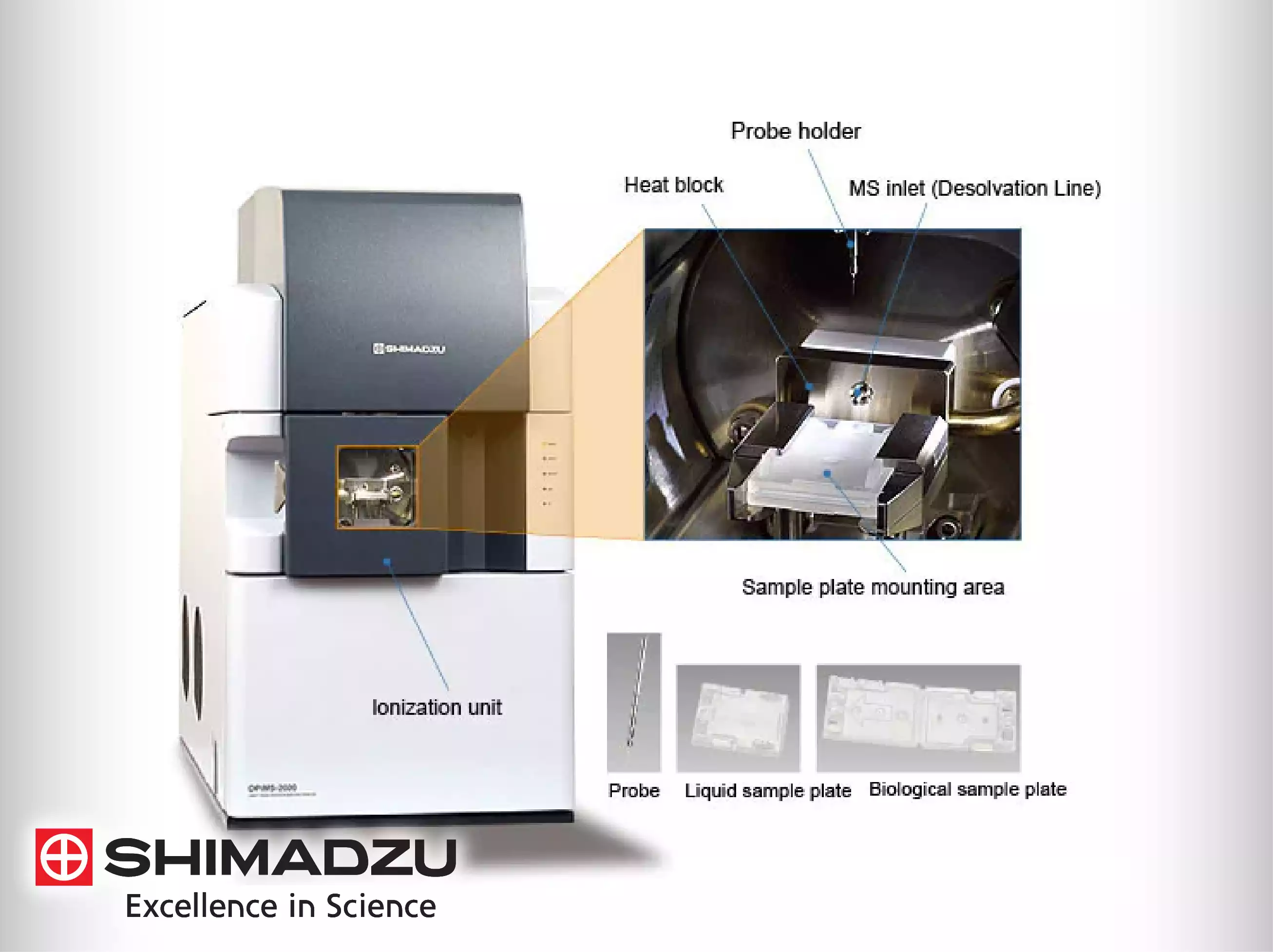
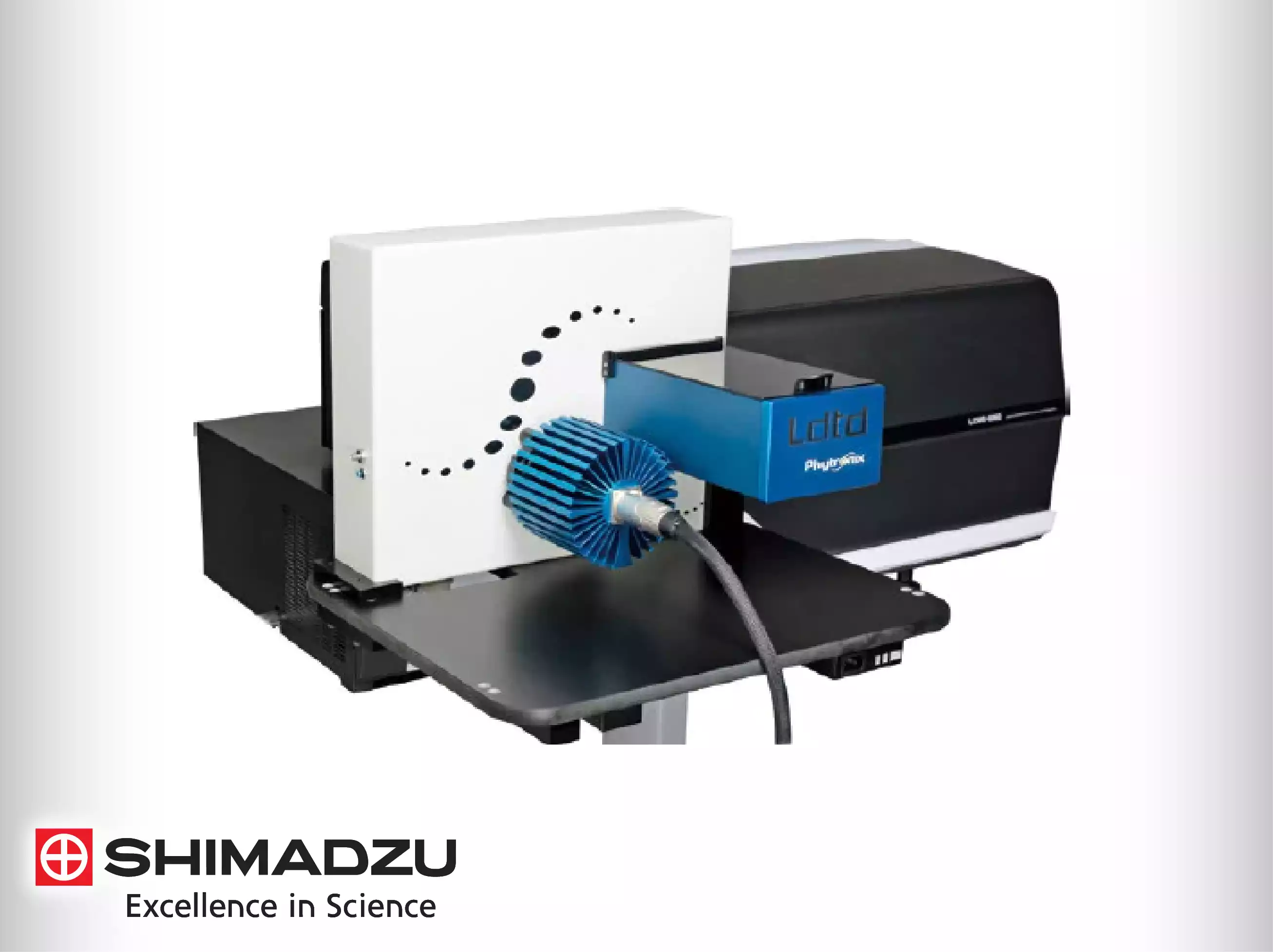
.webp)
.webp)
.webp)
.webp)
.webp)
.webp)
.webp)
